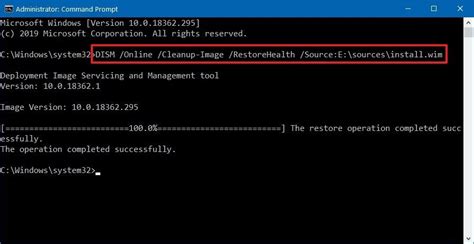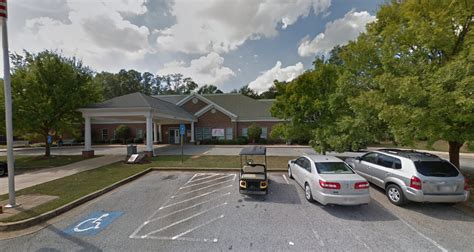Dism Restore Health is a command-line option in Windows that enables users to scan and repair corrupted system files, ensuring the operating system's stability and performance. The Deployment Image Servicing and Management (DISM) tool is a built-in utility in Windows that allows administrators to manage and maintain Windows images, including the operating system, drivers, and applications. The "Restore Health" option is specifically designed to identify and fix corrupted system files, which can cause a range of issues, from minor glitches to complete system failures.
Understanding DISM Restore Health

The DISM Restore Health command is typically used to repair corrupted system files that can cause problems with the operating system’s functionality. When a system file becomes corrupted, it can lead to errors, crashes, and other issues that can compromise the overall performance of the system. The Restore Health option uses the Windows Update repository to replace corrupted files with healthy ones, ensuring that the system is restored to a stable state. This process can be particularly useful when dealing with issues that are difficult to diagnose or repair using traditional troubleshooting methods.
Using DISM Restore Health
To use the DISM Restore Health command, users need to open the Command Prompt as an administrator. This can be done by right-clicking on the Start button and selecting “Command Prompt (Admin)” or by searching for “cmd” in the Start menu and selecting “Run as administrator.” Once the Command Prompt is open, users can type the following command: dism /online /cleanup-image /restorehealth. This command tells DISM to scan the online image (i.e., the currently installed operating system) and restore health to any corrupted system files. The process can take several minutes to complete, depending on the extent of the corruption and the speed of the system.
| Command Option | Description |
|---|---|
| `dism /online` | Tells DISM to operate on the online image (i.e., the currently installed operating system) |
| `/cleanup-image` | Specifies that the image should be cleaned up (i.e., corrupted files should be repaired or replaced) |
| `/restorehealth` | Tells DISM to restore health to the image by replacing corrupted files with healthy ones |

Key Points
- Dism Restore Health is a command-line option in Windows that scans and repairs corrupted system files.
- The command uses the Windows Update repository to replace corrupted files with healthy ones.
- Users need to open the Command Prompt as an administrator to use the DISM Restore Health command.
- The command can take several minutes to complete, depending on the extent of the corruption and the speed of the system.
- The DISM Restore Health command should be used with caution, as it can potentially replace customized system files with default versions.
Common Issues and Limitations

While the DISM Restore Health command can be an effective tool for repairing corrupted system files, it’s not without its limitations. One common issue is that the command may not fix all issues, especially if the corruption is widespread or affects critical system components. Additionally, the command may not work if the Windows Update repository is not available or is corrupted. In such cases, users may need to use alternative methods, such as reinstalling the operating system or seeking assistance from a professional.
Troubleshooting DISM Restore Health
If the DISM Restore Health command fails to repair corrupted system files, users can try troubleshooting the issue by checking the system logs for errors or warnings. The system logs can provide valuable information about the nature of the corruption and the steps taken by the DISM tool to repair it. Users can also try running the command with additional options, such as /scanhealth or /checkhealth, to scan the system for corruption without attempting to repair it. This can help identify the extent of the corruption and determine the best course of action.
| Command Option | Description |
|---|---|
| `/scanhealth` | Scans the system for corruption without attempting to repair it |
| `/checkhealth` | Checks the system for corruption and reports any issues found |
What is the DISM Restore Health command?
+The DISM Restore Health command is a command-line option in Windows that scans and repairs corrupted system files.
How do I use the DISM Restore Health command?
+To use the DISM Restore Health command, open the Command Prompt as an administrator and type the following command: `dism /online /cleanup-image /restorehealth`.
What are the limitations of the DISM Restore Health command?
+The DISM Restore Health command may not fix all issues, especially if the corruption is widespread or affects critical system components. Additionally, the command may not work if the Windows Update repository is not available or is corrupted.
Meta description: “Learn how to use the DISM Restore Health command to scan and repair corrupted system files in Windows, and discover its limitations and troubleshooting options.” (149 characters)



